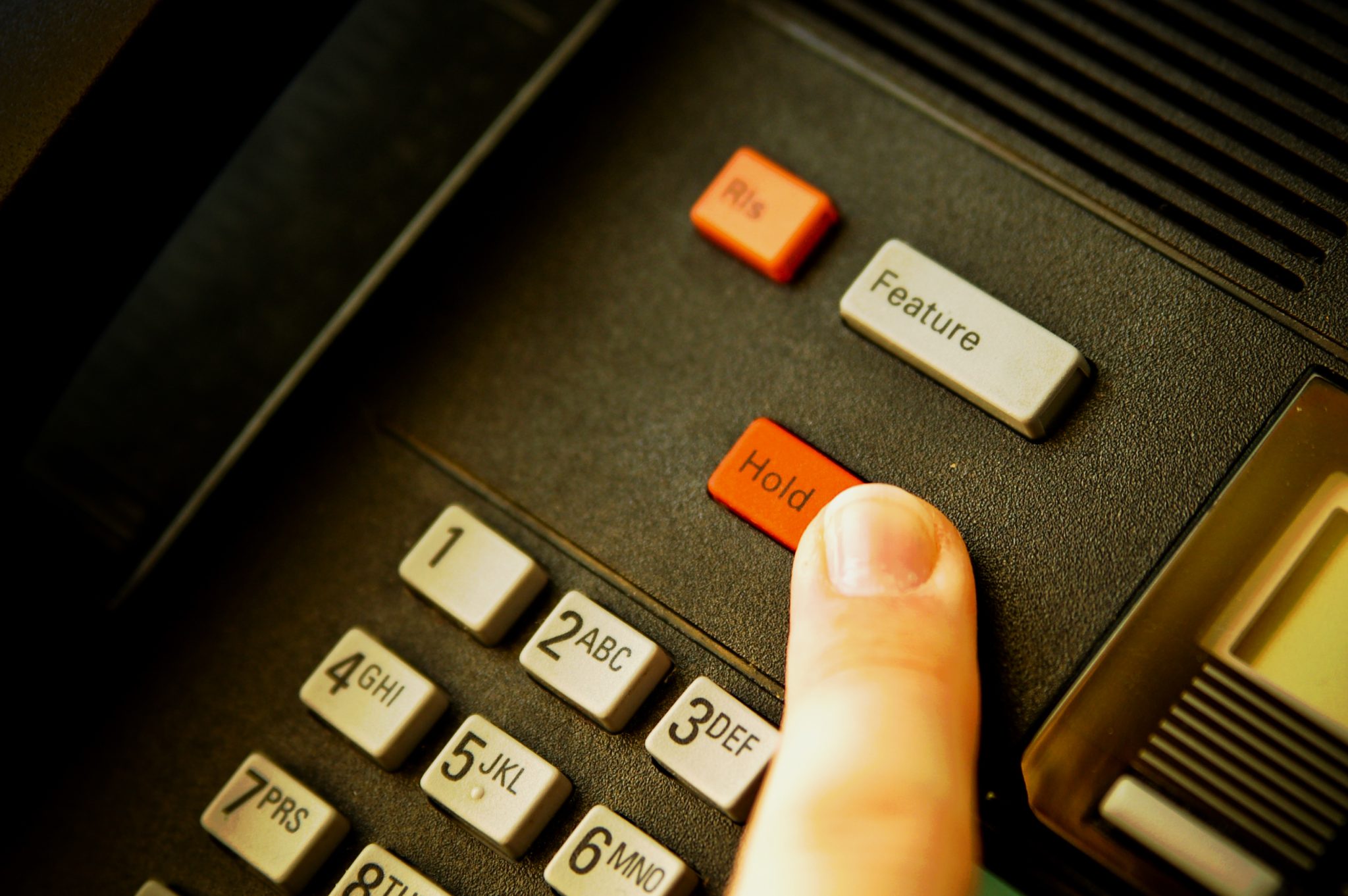Taking the time to genuinely understand their concerns, empathize with their situation, and provide satisfactory resolutions can address their immediate issues and foster long-term customer loyalty.
Constructing an Effective Process: Steps to Handle Angry Customers with Confidence and Professionalism

Dealing with frustrated and angry customers is a common occurrence for call center representatives. Handling these situations can significantly impact the outcome, either resolving the issue or losing the customer for good. It can be challenging for agents to stay calm and respond appropriately in such trying moments. However, your support team can gracefully handle difficult personalities with the right tools, call center software, and training. Empowering your team with the necessary resources is crucial for exceptional customer service in challenging situations.
Here are five techniques that can assist in soothing the caller, improving call efficiency, reducing handling durations, and enhancing the quality of customer service:
1. Listen

Identifying an angry caller early in a call is crucial for effective handling. When confronted with an angry customer, it’s essential to initially focus on active listening and provide them with a space to express their frustration. Oftentimes, callers want to vent their emotions and feel heard. By patiently allowing them to voice their concerns, you create an opportunity for resolution. Surprisingly, after being given a chance to express their displeasure, some callers may even apologize and become more receptive to problem-solving.
Keeping track of their concerns can be challenging when dealing with angry customers, as they may go off on tangents. To maintain focus and find efficient solutions, it is beneficial to jot down the key points of their concerns on a notepad. Taking notes lets you capture important details and ensure that nothing is overlooked. It also demonstrates your attentiveness to the customer’s issues, enhancing their perception of your dedication to resolving their problem.
You can address each concern systematically and provide more accurate and timely assistance by referring to your notes. Keeping a conversation record helps you maintain control of the call and facilitates smoother and more effective customer interaction.
When an angry customer becomes excessively threatening, uses violent language, or resorts to swearing, following your company’s policy guidelines is important. Your organization should have established rules and procedures for handling such challenging circumstances. If your guidelines permit it and the situation escalates to an unacceptable level, you can end the call immediately. Prioritizing your safety and well-being is essential. By adhering to your company’s policy, you can maintain a professional and respectful environment for yourself and other customers.
2. Keep Calm

Maintaining a peaceful demeanor during a call is an intelligent move that prevents the situation from going bad between you and the customer. Here are some effective tips to remember:
1- Use an even tone of voice: Speak calmly and composedly, even if the customer becomes more agitated. Responding with anger or frustration will only escalate the situation.
2- Remember it’s not personal: Understand that the customer’s anger is directed at the situation, not at you personally. Avoid taking it personally and remain focused on resolving their concerns.
3- Practice empathy: Put yourself in the customer’s shoes and try to understand their frustrations. Acknowledge their feelings and validate their concerns. Empathy can help diffuse tension and build rapport.
4- Take deep breaths: If you feel your own emotions rising, take a moment to breathe deeply and regain your composure. Stay attentive and listen attentively while the customer expresses their frustrations. Sometimes, letting them vent can be therapeutic for them.
By staying calm, empathetic, and attentive, you can effectively navigate challenging customer interactions and work towards a satisfactory resolution.
3. Summarize Their Complaint

After the angry caller has expressed their frustrations, showing them you are empathetic and supportive is crucial. To achieve this, begin by apologizing for the issue they are facing, acknowledging their feelings, and then summarizing the key points they have raised. This approach demonstrates that you are actively listening and allows the caller a brief moment to regain their composure. You might be pleasantly surprised to find that they become much calmer when they resume speaking. Making the caller feel understood and validated can pave the way for a more constructive and productive conversation.
4. Don’t Abuse the Hold Button Too Much

Putting an angry caller on hold in the hopes of giving them time to calm down can actually backfire and intensify their frustration. Many callers perceive hold time as a way for representatives to avoid addressing their concerns or as an opportunity to speak negatively without being heard. During the hold, their imagination may conjure up negative assumptions about the situation.
Instead of resorting to holding, engaging in a conversation with the caller is more effective while investigating their issue. Keep them engaged with your convo that you are working on solving the problem. For instance, you can provide specific details, such as reviewing their billing history and noting any recent changes in payment methods. By talking through the process and demonstrating your commitment to assisting them, you can help alleviate their anger and reassure them that you genuinely care about resolving their issue.
5. Ask For Help

It is essential not to hesitate to seek assistance when dealing with challenging situations or when finding a satisfactory solution becomes difficult with an angry customer. Seeking assistance from a colleague or supervisor can offer valuable perspectives and guidance when assessing the situation and deciding on the most effective approach for the customer and yourself.
Additionally, managers can conduct further investigations and potentially provide alternative options or resolutions that may not have been initially available. Remember, teamwork and collaboration can be vital in effectively addressing customer concerns and ensuring a positive outcome for all parties involved.
Conclusion

Effectively handling angry callers in customer service requires a combination of empathy, active listening, and proactive communication. Acknowledging the caller’s frustration, summarizing their concerns, and conveying a genuine desire to help can go a long way in defusing the situation and finding a resolution. It is crucial to avoid actions that may further escalate their anger, such as putting them on hold.
Instead, maintain an open dialogue, providing updates on the progress of their case and guiding them through the process. By approaching each interaction with patience, understanding, and a commitment to problem-solving, customer service representatives can turn a potentially negative experience into a positive one, leaving the caller satisfied and more likely to remain loyal to the business.




